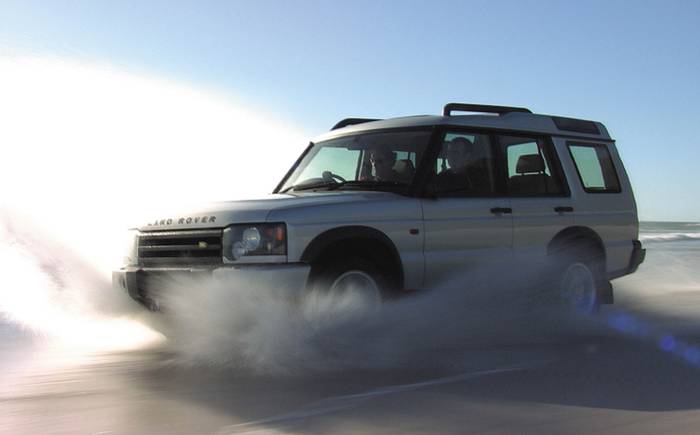Land Rover Discovery 2 review (1998-2004)
Great – despite everything

The original Land Rover Discovery was one of those cars that should have led to the demise of its maker – not strengthened it. When the first Discovery went on sale in 1989 it marked a fresh start for Land Rover and despite massive reliability issues sales held up amazingly well. So when a heavily revised Disco appeared in 1998, billed as the Discovery 2, all those yummy mummies just couldn’t get enough of this boxy seven-seat SUV.
Despite the Discovery 2’s lack of dependability, low values and old age mean more of these Discos are venturing onto green lanes, which is why you need to check for damage from off-road excursions. However, most of these cars are still used for carting people about. The Discovery makes a great people carrier because of its seven seats, although some cars have just five chairs, so make sure those pop-up seats really are there in the boot.
Search for and buy a used Land Rover Discovery 2 on driving.co.uk
If you’re aiming to populate those seats much of the time, anyone sitting in the third row will need to be agile as access is awkward – but the cabin is fabulously spacious, so nobody should feel cramped. Equipment levels are also generally good, although entry-level Discos are best avoided (they’re badged E or S). Opt instead for posher editions, such as the XS and ES which sit at the top of the range.
Between its introduction in 1998 and its demise in 2004 there wasn’t much development of the Discovery 2. The most significant adjustment came in 2002 when Land Rover stuck on a new nose and overhauled the suspension to improve the dynamics. But it was a move akin to applying lipstick to a pig; by this point the Disco needed much more than mere window dressing.
Throughout its lifetime the Discovery 2 came only with 2.5-litre diesel (TD5) or 4-litre V8 petrol engines, the latter guaranteed to give your wallet a hernia. However, the TD5 is rather pedestrian, which is why your best bet may be to buy a V8 converted to LPG. If you take this route, check who did the conversion as there are some ropey installations about. And even on LPG don’t expect low fuel bills as such; they’ll still be painful, just slightly less so.
What to look out for
We could fill the entire internet twice over with the list of potential glitches you could come across when shopping for a Discovery 2. Manual gearboxes disintegrate, water leaks into the fusebox killing the electrics, diffs and transfer boxes are leak-prone and the electronics play up. Air suspension systems fail (where fitted), while suspension and steering bushes wear rapidly. And on cars used for towing or off-roading, the likelihood of these issues occurring is that much greater.
Predictably, the Disco 2 has been the subject of a fistful of recalls – no fewer than 14 of them. They span pretty much every system fitted to the car, from suspension, steering and brakes to the engine, fuelling and transmission. So check that any potential purchase has had any necessary work actioned.
The one to buy
You can buy a 2005 (54-plate) Land Rover Discovery 2, 2.5 TD5 ES Premium for £10,000 on the forecourt, or £9,000 in a private sale.
Factfile
- Engine:
- 2495cc, 5 cylinders
- Power:
- 136bhp @ 4200rpm
- Torque:
- 220lb ft @1950rpm
- Transmission:
- 5-speed manual/4-speed auto
- Acceleration:
- 0-62mph in 16.3sec
- Top speed:
- 95mph
- Fuel:
- 30.1mpg (combined)
- CO2:
- 262g/km
- Road tax band:
- K
- Dimensions:
- L 4705mm, W 1885mm, H 1940mm
Land Rover Discovery 2 rivals
- BMW X5 (Check BMW X5 used car prices driving.co.uk)
- Jeep Grand Cherokee (Check Jeep Grand Cherokee driving.co.uk)
- Toyota Land Cruiser (Check Toyota Land Cruiser used car prices driving.co.uk)





